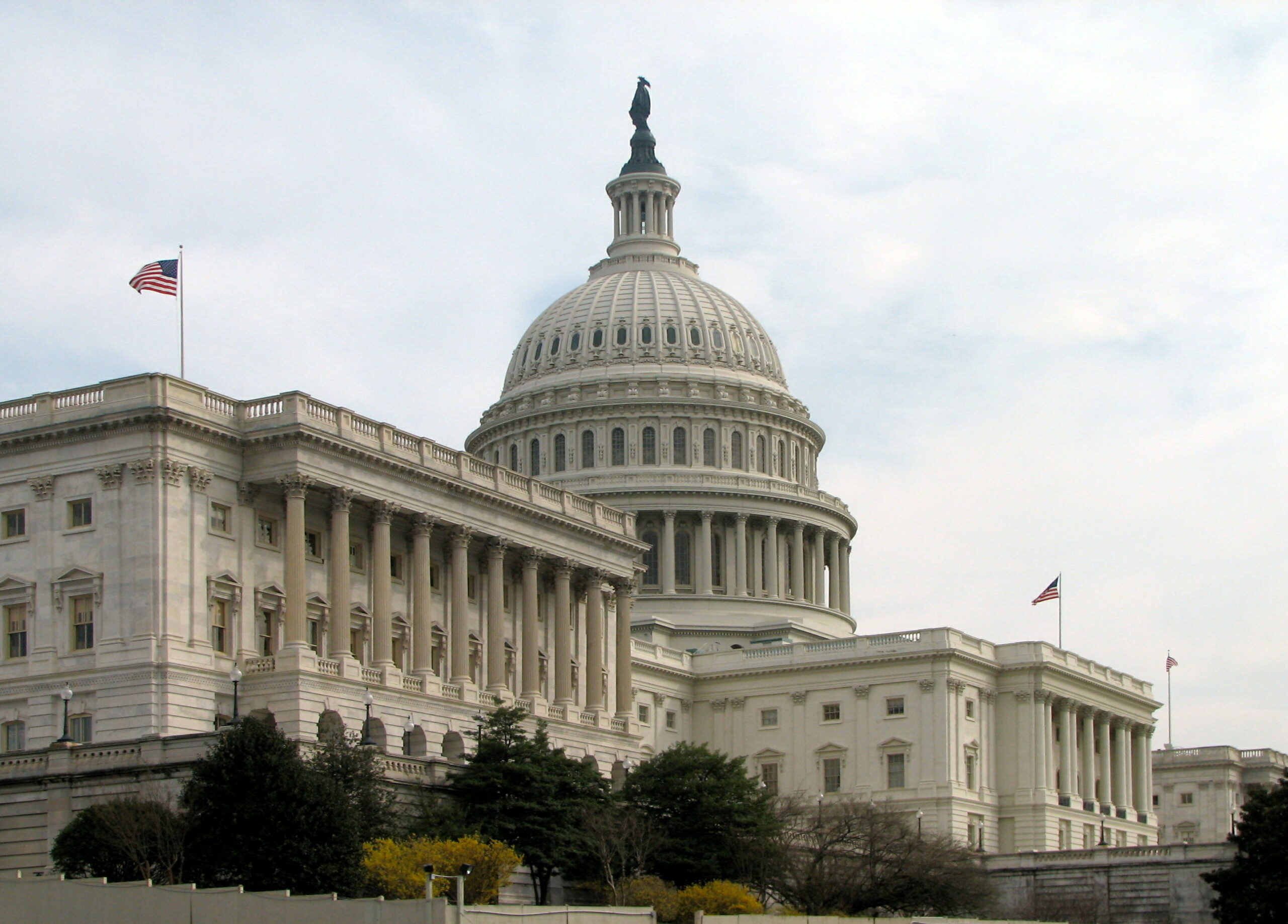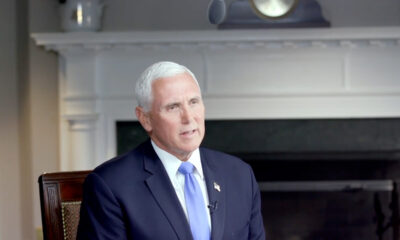Education
Waste of the Day: Congress Generously Gives Money to Their Old Schools
Congressional earmarks are nothing new, and they flow most generously to the universities that prominent Congressmen attended.

Members of the U.S. House make generous earmarks of taxpayers’ money toward the universities from which they graduated.
Topline: All universities send emails and letters to their alumni in the hopes of securing donations for future students. Members of the House of Representatives are more than willing to oblige, using money taken right out of taxpayers’ wallets.
Thirty-one earmarks for universities – from members of both Parties
Last year, 31 House members earmarked money for the universities they attended as students, including five who did it twice, according to OpenTheBooks’ review of the House Community Project Funding from fiscal year 2024. The dollar total was $121 million — a rather generous alumni gift.
Key facts: The largest of the 36 earmarks came from Rep. Tom Cole (R-Okla.), who brought home $36.5 million for airport improvements at the University of Oklahoma, where he received his Ph.D. It was the 32nd-largest earmark out of all 8,052 passed by Congress in 2024.

There were two other alma mater earmarks worth more than $10 million. Rep. Mike Flood (R-Neb.) secured $25 million for agricultural research at the University of Nebraska-Lincoln, where he attended graduate school. Rep. Robert Aderholt (R-Ala.) got $13 million for a “community STEM facility” at the University of North Alabama, where he was once an undergraduate.
Five House members managed to get two earmarks each for their alma maters: Mark Takano (D-Calif.) for the University of California Riverside; Mike Rogers (R-Ala.) for Jacksonville State University: Maria Salazar (R-Fla.) for the University of Miami; Drew Ferguson (R-Ga.) for the University of Georgia; and Mark Pocan (D-Wisc.) for the University of Wisconsin-Madison.
Nothing new under the sun
The phenomenon is nothing new. Back in 1998, a study from the University of Illinois found that on average, a university receives $2.9 million more in federal research funding per year when one of its alumni sits on a House appropriations committee.
Search all federal, state and local government salaries and vendor spending with the AI search bot, Benjamin, at OpenTheBooks.com.
Summary: When Congress lifted its ban on earmarks in 2021, it instituted new rules on transparency meant to prevent waste and conflicts of interest. Those rules need increased enforcement so that earmark recipients don’t unfairly benefit from lawmakers’ personal ties.
The #WasteOfTheDay is brought to you by the forensic auditors at OpenTheBooks.com.
This article was originally published by RCI and made available via RealClearWire.
Jeremy Portnoy, former reporting intern at Open the Books, is now a full-fledged investigative journalist at that organization. With the death of founder Adam Andrzejewki, he has taken over the Waste of the Day column.
-

 Civilization3 days ago
Civilization3 days agoDC Pipe Bomb Arrest Raises Questions About Christopher’s Wray’s FBI
-

 Civilization4 days ago
Civilization4 days agoThe Legal Logic Behind U.S. Operations Against Narco-Terrorist Networks
-

 Guest Columns5 days ago
Guest Columns5 days agoCongressional Leaders See Far Higher Stock Returns Than Peers
-

 Civilization5 days ago
Civilization5 days agoHow Trump Changed America
-

 Executive4 days ago
Executive4 days agoNewsom’s ‘National Model’ for Homeless Wracked by Fraud
-

 Executive3 days ago
Executive3 days agoWhen You’re in a Hole, Stop Digging
-

 Education2 days ago
Education2 days agoWaste of the Day: Taxpayers Subsidize Football Coach Severance
-

 Civilization2 days ago
Civilization2 days agoPence Calls on Trump To Fire RFK Jr Over Abortion Drug






